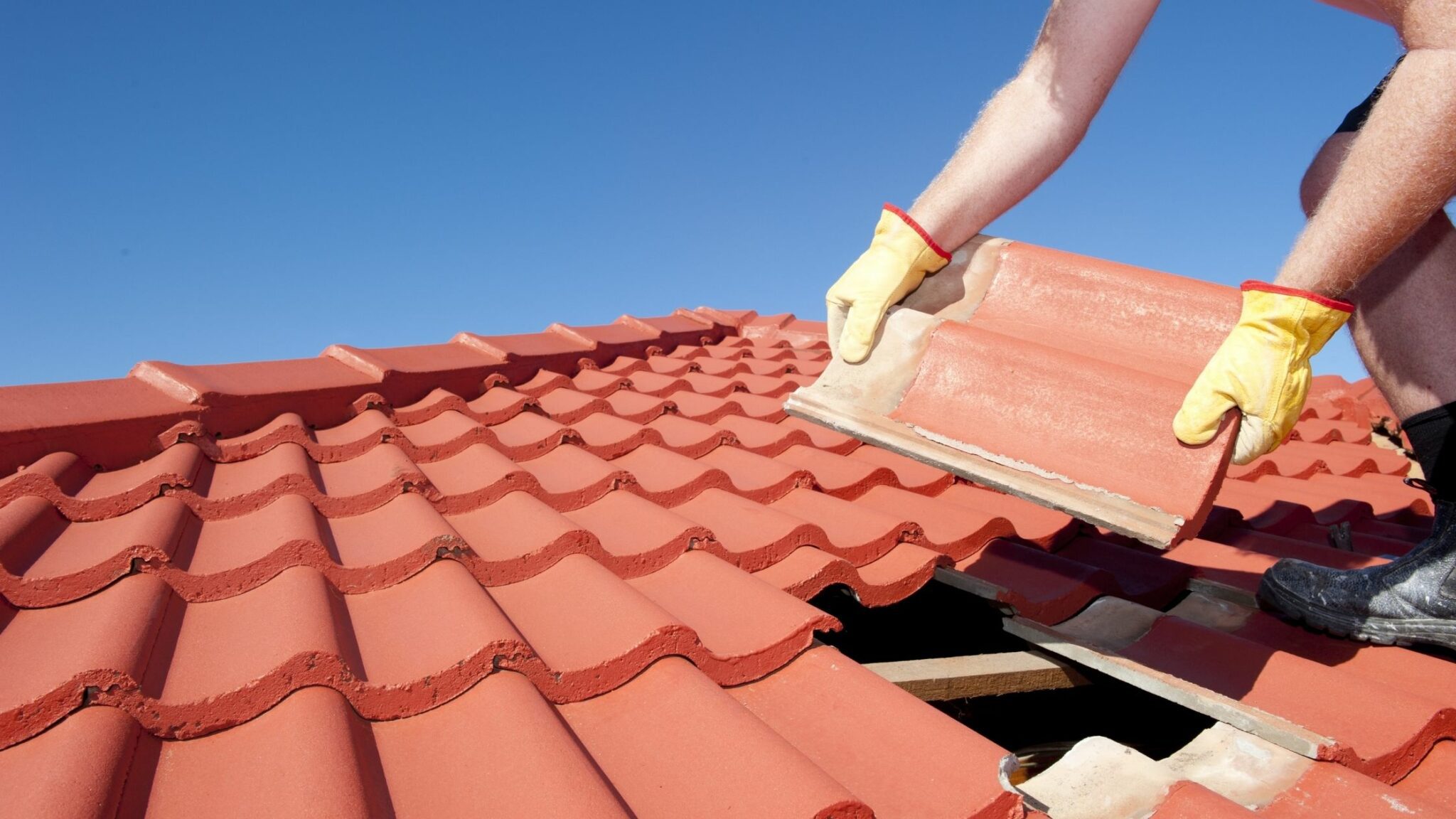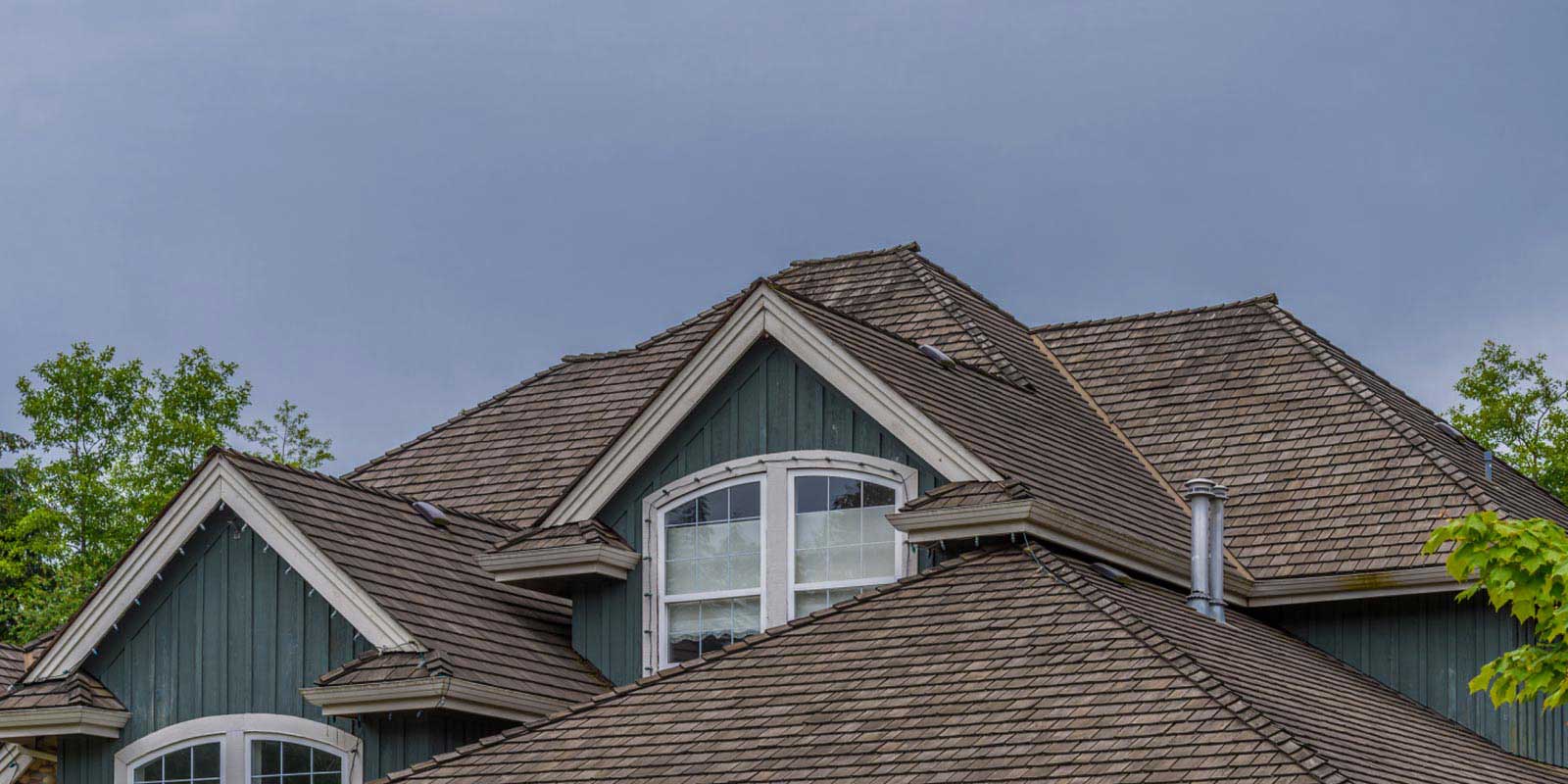New Roof Baltimore: Professional Roof Restoration Services To Fix Leaks And Damage Effectively
Exploring Various Kinds Of Roof Repair Works
Ever looked at a mysterious dark patch on your roofing and wondered, " What's truly going on up there?" Sometimes, determining the best type of roofing repair resembles investigator work, unraveling ideas left by the weather, time, and use. From subtle leaks to glaring damages, each repair work type tells a story.

Typical Roof Repair Work Revealed
- Leak Repairs: The sneaky culprits-- tiny fractures or holes where water insinuates. Neglecting them can turn a moderate inconvenience into a costly problem.
- Shingle Replacement: Missing out on or broken shingles aren't simply an eyesore; they're invites for water damage and insects.
- Flashing Repair: Those metal strips around chimneys and vents? When damaged, they become gateways for leaks.
- Roofing Vent Fixes: Proper ventilation keeps your attic dry and your energy bills low. When vents fail, the roofing system suffers silently.
When Little Fixes Make a Huge Distinction
Envision a buddy who ignored a minor roof leakage, thinking it was no huge deal-- until a storm hit, turning a drip into a deluge inside their home. This anecdote highlights why timely repair work matter. The ideal fix might be as simple as sealing a fracture or as involved as replacing several shingles. How do you decide? Here's a fast decision guide:
| Problem | Common Repair | Signs to See For |
|---|---|---|
| Leaks | Sealant application or patching | Water discolorations on ceiling, mold development |
| Harmed Shingles | Shingle replacement | Missing granules, curling edges |
| Flashing Problems | Metal flashing repair or replacement | Rust, separation from roofing |
| Ventilation Concerns | Vent repair or installation | Excessive attic heat, moisture buildup |
Doesn't the complexity of roof repairs make you value the workmanship behind a strong roof? Often, a patchwork job isn't enough-- other times, a fast repair breathes brand-new life into your entire roof. What's clear is this: understanding the kinds of repairs empowers property owners to act decisively, safeguarding their investment before small cracks end up being broad chasms.
Unveiling the Necessary Roofing Repair Work Materials
When a roofing system whispers signs of wear, the products you select for repairs can either extend its life or quicken its death. Ever observed how a handful of loose shingles can result in a cascade of leaks? That's the delicate dance in between asphalt shingles and weather condition's ruthless attack. These shingles, often the first line of defense, are treasured for their balance in between durability and ease of installation. Be careful-- just patching with mismatched shingles can turn a fast repair into a future headache.
Metal flashing typically gets away notice up until water stains appear on ceilings. This simple strip guards vulnerable joints where various roofing system areas satisfy. A seasoned roofer understands to check and change corroded flashing before mold claims victory. It's the distinction in between a small repair and a costly interior remodelling
Materials that Matter
| Product | Common Use | Specialist Tip |
|---|---|---|
| Asphalt Shingles | Replacing damaged or missing out on shingles | Match granule color and density for seamless mixing |
| Metal Flashing | Sealing roofing joints and around chimneys | Usage corrosion-resistant metals and seal edges with roof cement |
| Roof Cement | Sealing minor fractures and securing flashing | Apply while warm for best adhesion and durability |
| Roof Felt | Underlayment for moisture barrier | Staple carefully to avoid puncturing the waterproof layer |
Have you ever questioned why some roofings seem to weather storms unharmed while others falter? The secret frequently lies below the surface area in the underlayment. Roof felt, a modest yet vital product, functions as a 2nd guard when shingles stop working. Skimping here implies welcoming wetness to sneak in unnoticed. Here's a pro insight: always ensure the felt lies flat with no wrinkles; even a small bubble can trap moisture and lead to premature rot.
- Check fasteners-- loose nails can loosen shingles and stir catastrophe.
- Utilize a multi-layer technique; combining products increases resilience.
- Remember, roof cement is your friend but not a cure-all; it's best for spot repairs.
In the world of roofing repairs, accuracy with products transcends simple patchwork. It's a calculated symphony of texture, wetness control, and weather resistance. The next time you lift a shingle, ask yourself: does this repair work honor the roofing system's initial defense or merely paper over the fractures?
Assessing the Damage with a Keen Eye
Ever climbed up onto your roofing only to realize that what seemed like a small leak might be concealing a maze of damaged shingles and warped decking underneath? The initial step in any roof repair work is a precise evaluation. Stroll the boundary with care and look for curled edges, dark areas, or granule loss on the shingles-- these subtle signs frequently whisper louder than an open hole. Do not simply look; study the angles, due to the fact that water seepage seldom announces itself pleasantly.
Event Materials: The Precision of Preparation
Before ascending the ladder, ensure you have all the required tools at arm's reach. Think of the disappointment of stabilizing on a slanting surface, understanding you forgot your roof cement or roofing nails. Here's a checklist to keep convenient:
- Replacement shingles matching your existing roofing
- Hammer and galvanized roofing nails
- Roof cement or sealant
- Utility knife for exact cuts
- Flat pry bar to remove damaged shingles
- Security harness and non-slip shoes
Accuracy in Elimination and Replacement
Getting rid of harmed shingles requires both strength and finesse. Insert the lever carefully under the shingle, lifting nails without tearing surrounding locations. One may be tempted to tug forcefully, but gradual utilize avoids more damage. When putting new shingles, stagger them properly-- keep in mind, a misaligned shingle can end up being an entrance for rainwater, welcoming leakages that slyly deteriorate your home's structure over time.
Sealing the Deal: Preventing Future Leakages
Applying roofing cement isn't simply slathering tar; it has to do with developing a durable barrier. Dab a modest quantity under the shingle tabs and press strongly, guaranteeing a snug fit. Too much cement can crack in the sun, insufficient welcomes wetness. Have you saw how some roofings survive storms unharmed? That's the outcome of professional sealing, a subtle art that changes basic fixes into enduring security.
Security Tips Every DIY Roofer Ought To Swear By
- Never deal with a damp or windy day-- slips occur faster than you believe.
- Utilize a sturdy ladder positioned on firm ground and inspect its angle.
- Use gloves to secure your hands from sharp edges and nails.
- Keep a very first help package close by; minor cuts can escalate if neglected.
- Work with a buddy whenever possible-- roofings aren't a solo experience.
Why Trusting Professional Roof Specialists Matters
Ever discovered how an easy leakage can silently change into a catastrophe? Roof repair work demand accuracy, and employing amateurs typically results in patchwork services that fall apart with the next storm. A professional contractor doesn't just slap on shingles; they diagnose the root cause, whether it's worn flashing, jeopardized underlayment, or concealed rot.
Picture climbing up onto the roofing yourself, equipped with a hammer and some nails, only to recognize you have actually intensified the problem. The reality is, roofing system damage isn't constantly visible from the ground and even the attic. Specialists wield wetness meters and infrared cams-- tools that reveal the hidden. Would you trust your home's shield to uncertainty?
Key Advantages of Professional Roof Specialists
- Precise Assessment: They recognize subtle indications like granule loss or drooping decking that most miss out on.
- Code Compliance: Guaranteeing repair work fulfill regional building regulations, preventing future insurance headaches.
- Product Know-how: Picking the best materials to match your roof's unique profile and climate challenges.
- Security First: Navigating high slopes and heights with appropriate harnesses and devices.
- Service warranty Assurance: Support repairs with guarantees that protect your investment.

Expert Tips for Hiring the Right Roof Specialist
- Validate licensing and insurance coverage-- don't bet with unproven qualifications.
- Ask for an in-depth written estimate describing scope and products.
- Inquire about their process for addressing hidden damage uncovered during repair work.
- Check how they handle debris removal-- roof work shouldn't leave a mess behind.
- Verify experience with your specific roofing system type, whether asphalt, metal, or tile.
In roofing repairs, shortcuts typically cost more in the long run. The click here specialists understand when to repair, when to change, and how to extend your roof's life-span. Isn't it much better to secure your home's first line of defense with those who see beyond the surface area?
Expert Roofing System Repairs in Baltimore County
Baltimore County is a vibrant location understood for its varied neighborhoods and rich history. With a population that takes pleasure in a mix of suburban and metropolitan living, the county provides destinations like the beautiful Loch Raven Tank and the lively Towson Town. Citizens take advantage of a strong regional economy and access to quality public parks and cultural occasions, making it a desirable place to live and work.
For reliable recommendations and a free assessment on roofing repair work, consider reaching out to CRG Roofing and Siding. They provide expert assistance tailored to your needs and help guarantee your roofing stays in exceptional condition.
 Mr. T Then & Now!
Mr. T Then & Now! Michael Bower Then & Now!
Michael Bower Then & Now! Jenna Jameson Then & Now!
Jenna Jameson Then & Now! Marques Houston Then & Now!
Marques Houston Then & Now! Suri Cruise Then & Now!
Suri Cruise Then & Now!